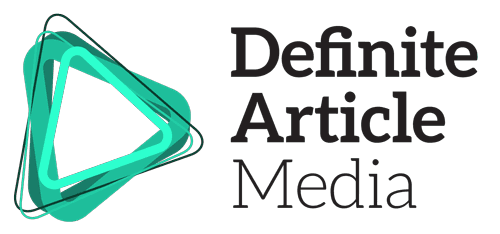TO DOWNLOAD A FULL COPY OF THE DECUMULATION ROUNDTABLE SUPPLEMENT CLICK HERE
How is the DB market changing?
The defined benefit market has transformed over the last decade. There are now fewer than 5,000 DB schemes, collectively managing pensions for around 10m members, with assets of around £1.1 trillion. Around 1,000 schemes have disappeared in the last 10 years, with many moving into buy-out arrangements, facilitated by stronger funding positions.
This improved financial position marks a fundamental change across the sector. A decade ago, most DB schemes were in deficit. Today, three out of four have a financial surplus. This trend has accelerated in recent years due to rising gilt yields, higher interest rates, strong investment returns and years of careful deficit-reduction planning.
The key question now for trustees, sponsoring employers and scheme administrators is how this shapes end-game strategies, and what is the most effective way to utilise surplus funds, particularly in light of recent government announcements.
What options do trustees have?
The government has said it may relax rules on how surpluses are deployed. But for now trustees and employers are limited in what
they can do, particularly if they want to avoid tax charges. These have reduced, from 35%
to 25%, but remain a deterrent, particularly for schemes looking to move the entire trust
to other arrangements. There can also be detailed scheme rules as to how employers utilise excess funds, to ensure schemes remain financially stable.
One viable option is to use a surplus to fund future employer pension contributions. In certain cases, this can be achieved tax-efficiently through a recognised transfer into a defined contribution (DC) master trust. Standard Life offers tailored solutions to meet the varied needs of own trust schemes pursuing this route.
How does this benefit employers and employees?
For employers these arrangements can provide a tax-efficient way to access surplus funds, reducing the ongoing costs of pension payments, or helping them to potentially increase contribution levels. These cost-savings may be particularly attractive given rising National Insurance costs and a greater focus on retirement adequacy, particularly in relation to DC schemes.
Members are of course the main beneficiary, with surplus funds reinvested into pension arrangements. Depending on scheme rules, funds could be used to enhance payments to DC sections of the trust. In some cases funds may be used to benefit employees who joined post-auto-enrolment and are part of newer pension arrangements, subject to trustee and scheme approval.
How does Standard Life support trustees through this process?
Standard Life is the first provider to offer a master trust solution enabling trustees to use DB surpluses to fund future employer pension contributions. This solution builds on established processes honed through years of supporting in-house trust clients and has now been extended to the Standard Life DC
Master Trust.
Trustees can rely on this tried-and-tested approach, which includes comprehensive legal and administrative support to ensure timely and cost-effective transactions. We have first hand experience of implementing this type of solution for clients. We’re aware of the challenges employers and trustees face in defining a DB end-game plan, and an effective use of surplus can be a key component in achieving this.
Since scheme rules can vary widely, Standard Life collaborates with employers, trustees, scheme administrators and legal representatives to develop suitable solutions.
For example, our investment framework is designed to maximise the potential of the surplus, but trustees will consider ceding scheme investment preferences, for example a growth-oriented investment strategy, or one focused on capital preservation. Standard Life also provides robust reporting, with monthly valuations to help employers and trustees monitor the remaining surplus balance.
What are the key factors to a successful transfer?
From the outset, it is vital that all parties have a clear and common understanding of the surplus’s value and how it will be used. Any misalignment of views can create unnecessary complications, so establishing consensus early is critical. It’s also important to address contentious points early in the process. Some scenarios may prove unviable, and identifying these issues allows for alternative solutions to be explored. Delays or unresolved disagreements can derail the process.
Collaboration between all stakeholders is critical, as these transactions often involve significant legal and operational complexities. Building strong relationships and focusing on practicalities, including an end-to-end plan for investment logistics and payment mechanisms, will ensure the transfer proceeds smoothly. Standard Life has been immersed in this area for a number of years so can help parties navigate the process in an efficient and effective way, helping to save both time and money.





